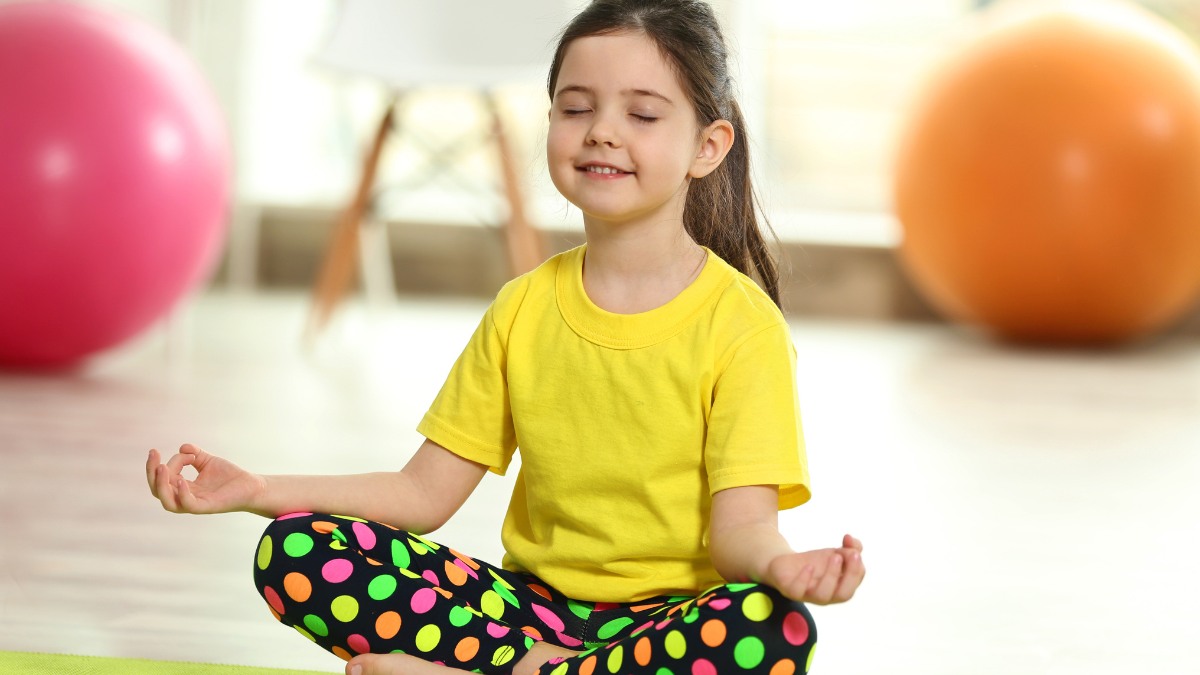18 Self-Regulation Activities for Autism Support
 Key Points:
Key Points:
- Self-regulation activities help children with autism manage emotions, sensory input, and behaviors, improving their daily functioning.
- Strategies like deep breathing, sensory breaks, and structured routines provide effective ways to support emotional and behavioral regulation.
- ABA therapy can reinforce self-regulation skills, helping children apply them in different environments.
Children with autism may struggle to stay calm, especially when routines change or sensory triggers become overwhelming. Self-regulation activities provide tools to manage emotions, reduce stress, and build independence. With consistent support, children can develop these essential skills, improving their ability to cope with daily challenges at home and school.
Why is Self-Regulation Important for Children with Autism
Self-regulation is crucial for children with autism because it helps them manage emotions, control impulses, and adapt to different environments. Many autistic children experience heightened sensitivity to sensory input, making it difficult to stay calm in overwhelming situations. Without self-regulation skills, they may struggle with frustration, anxiety, or sudden changes in routine.
Difficulties with self-regulation can impact a child’s ability to communicate, engage in social interactions, and complete daily tasks. When emotions become too intense, meltdowns or withdrawal may occur, affecting their ability to participate in school and home activities. Teaching self-regulation strategies gives children the tools to handle challenges in a more controlled way.
With proper support, children can learn to recognize triggers and develop effective coping mechanisms. Activities like deep breathing, movement breaks, and visual supports help them regain a sense of control. Over time, these strategies increase independence, reduce stress, and improve overall emotional well-being.
6 Best Self-Regulation Activities for Autism
Different activities work for different children. Some may respond well to physical movement, while others benefit from quiet mindfulness exercises. Below are some effective self-regulation activities that help children with autism develop emotional and behavioral control.
1. Deep Breathing Exercises
Teaching deep breathing helps children calm down when they feel overwhelmed. This technique can be used anywhere, making it a versatile self-regulation tool.
- Belly Breathing: Place one hand on the belly and take slow, deep breaths in through the nose, feeling the stomach expand.
- 5-Second Rule: Inhale for 5 seconds, hold for 5 seconds, exhale for 5 seconds to slow down the heart rate.
- Bubble Blowing: Blowing bubbles encourages slow, controlled breathing, making it a fun, engaging activity.
2. Sensory Breaks for Overstimulation
Many autistic children experience sensory overload in noisy or busy environments. Sensory breaks allow them to reset and regain focus.
- Weighted Blankets or Compression Vests – Provide deep pressure to promote relaxation.
- Fidget Tools (Squeeze Balls, Putty, or Spinners) – Help channel excess energy.
- Quiet Spaces – A dedicated calm-down area with dim lighting and soft textures can help children self-soothe.
3. Physical Movement Activities
Physical activity is a great way to regulate emotions and energy levels. Movement-based activities help children release built-up stress and improve focus.
- Jumping on a Trampoline: Provides rhythmic input that calms the nervous system.
- Animal Walks: Walking like a bear, crab, or frog engages gross motor skills and focus.
- Yoga or Stretching: Simple poses, like child’s pose or downward dog, encourage relaxation and body awareness.
4. Visual Supports for Emotional Awareness
Children with autism often struggle with recognizing and expressing emotions. Visual tools help them understand their feelings and choose appropriate coping strategies.
- Emotion Charts: Pictures of different emotions help children label their feelings.
- Zones of Regulation: Categorizing emotions into color-coded zones (green = calm, red = frustrated) provides an easy way to communicate emotions.
- Social Stories: These short narratives explain how to handle different social situations or transitions.
5. Structured Play and Turn-Taking Games
Many children with autism benefit from structured social activities that teach patience, flexibility, and self-control.
- Board Games with Clear Rules – Help children practice waiting for their turn.
- Role-Playing Scenarios – Practicing real-life situations (e.g., ordering at a restaurant) builds problem-solving skills.
- Building with Blocks or LEGOs – Encourages focus, persistence, and frustration tolerance.
6. Mindfulness and Grounding Techniques
Mindfulness exercises improve self-regulation by teaching children how to focus on the present moment.
- 5-4-3-2-1 Technique: Identify five things you see, four things you touch, three things you hear, two things you smell, one thing you taste.
- Guided Imagery: Listening to calming stories or nature sounds promotes relaxation.
- Progressive Muscle Relaxation: Tensing and relaxing muscle groups helps release built-up tension.
How ABA Therapy Supports Self-Regulation in Autism
Applied Behavior Analysis (ABA) therapy is one of the most effective ways to teach self-regulation skills to children with autism. ABA therapists use structured interventions to help children:
- Identify emotional triggers and coping mechanisms.
- Use self-regulation strategies independently in different environments.
- Develop impulse control through reinforcement-based techniques.
Therapists create individualized behavior plans that focus on teaching emotional regulation, reducing problem behaviors, and reinforcing positive responses. Parents are also trained in ABA strategies to ensure consistency at home. To learn more about a specific approach within ABA therapy, consider reading our article, Exploring the Lovaas Method in ABA Therapy for Autism, to discover how this proven method can support your child’s development.
Looking for ABA Therapy in Utah?
Supporting a child’s self-regulation skills takes time, patience, and the right strategies. If you’re looking for professional ABA therapy to help your child develop essential coping skills, Acclimate ABA offers evidence-based intervention designed to support children with autism.
Our team provides personalized ABA therapy in Utah, helping children improve emotional regulation, communication, and daily living skills. Contact us today to learn how we can support your child’s growth and independence.



